For swimmers, power doesn’t just come from your arms and core—it starts in your glutes. Often overlooked, the gluteal muscles (gluteus maximus, medius, and minimus) are essential for generating explosive kicks, stabilizing your hips, and maintaining proper body alignment in the water. Yet, many swimmers skip dedicated glute training, missing a key opportunity to improve performance and prevent injury.
The good news? You don’t need hours in the gym. With just 30 minutes a day, you can build stronger, more responsive glutes—right from home or a small training space. This guide breaks down exactly what to do, why it works, and how to adapt the routine to your swimming schedule.
Swimming is a full-body sport, but propulsion starts with the lower body—especially during kicks in freestyle, butterfly, and breaststroke. Strong glutes contribute to:
Despite their importance, glutes can become underactive—especially if you spend long hours sitting. That’s why targeted activation and strengthening are crucial.
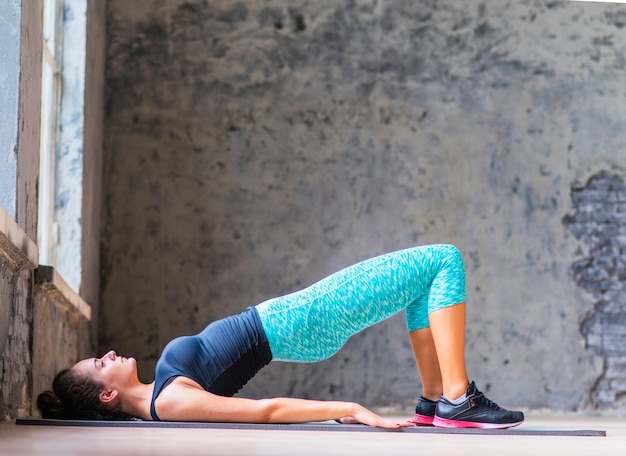
This plan is designed for swimmers with limited time but maximum impact. It includes activation, strength, and mobility—all within 30 minutes. Perform this 3–4 times per week, ideally on dryland days or after lighter swim sessions.
Start with activation to 'wake up' dormant glute muscles. Use a mini resistance band just above your knees.
Now build strength with compound and isolation moves. Use bodyweight or add dumbbells as you progress.
Cool down with stretches to maintain flexibility and reduce soreness.
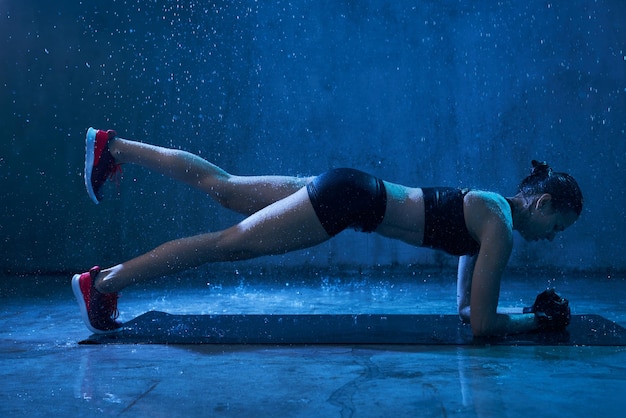
This plan combines neuromuscular activation, progressive strength, and mobility—key elements for functional glute development. Activation exercises prime the nervous system to recruit glute muscles more effectively during swimming. Strength moves build endurance and power, while mobility work ensures full range of motion and prevents compensatory patterns.
Mini bands, as highlighted in training resources, enhance muscle engagement by adding resistance where it’s needed most—during hip abduction and extension, movements critical for swimmers.
Flexibility is key. Here’s how to tailor the routine:
As you progress, increase resistance, add reps, or incorporate unilateral (single-leg) variations to continue challenging your muscles.
Strong glutes aren’t just about aesthetics—they’re a performance game-changer for swimmers. With just 30 minutes a day, you can activate, strengthen, and mobilize these powerhouse muscles to swim faster, kick harder, and move with greater control in the water. Stay consistent, listen to your body, and watch how your swimming transforms from the ground up.

Fitness

Fitness

Fitness

Fitness
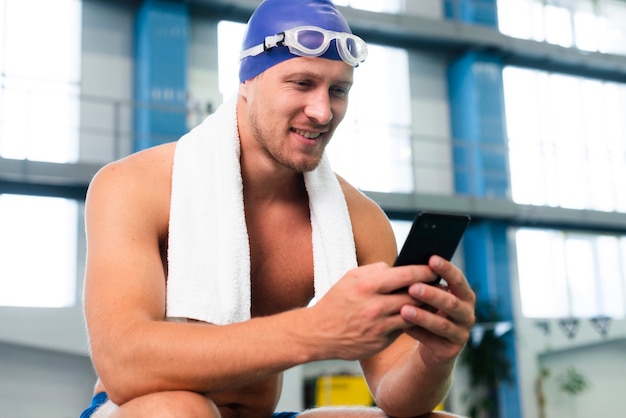
Fitness

Fitness
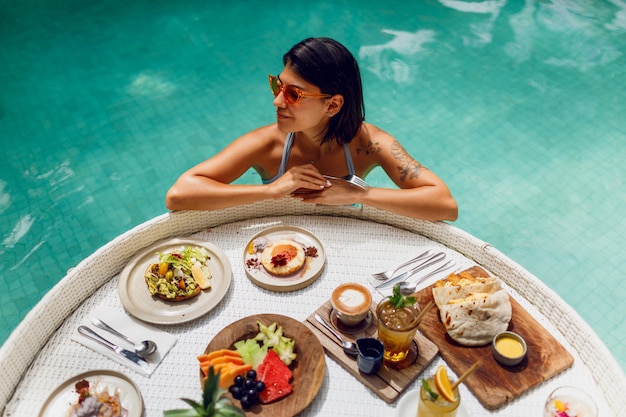
Wellness
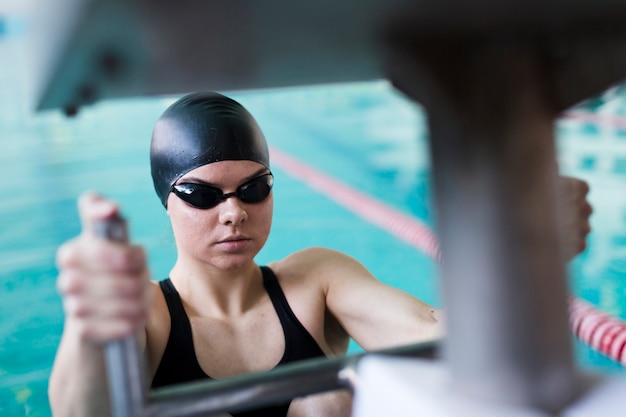
Fitness
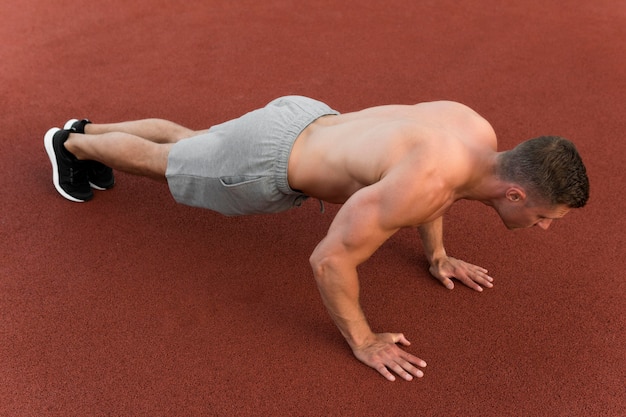
Fitness
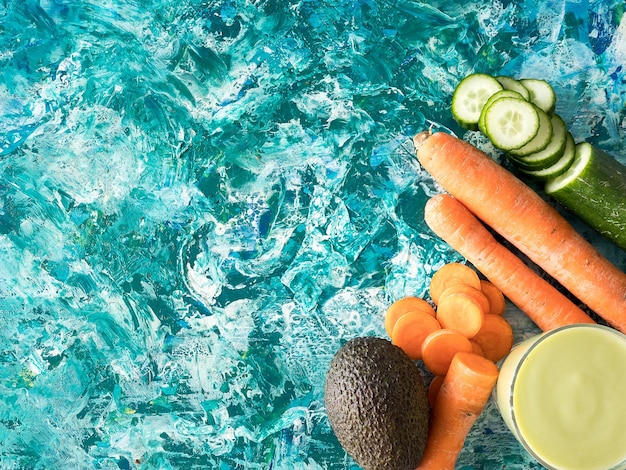
Health
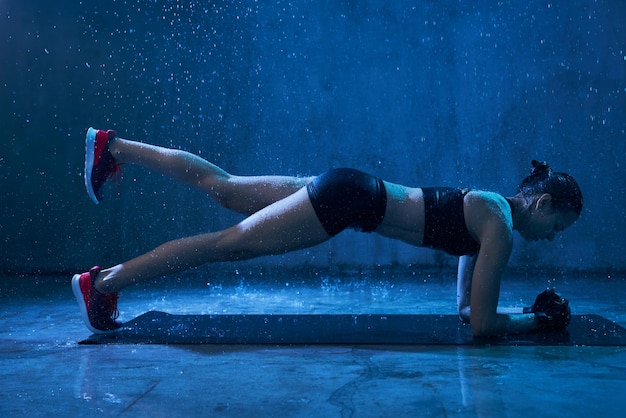
Fitness
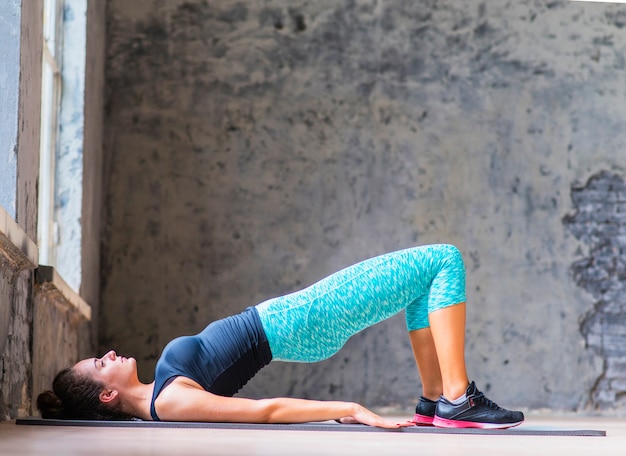
Fitness

Health

Fitness

Health

Health